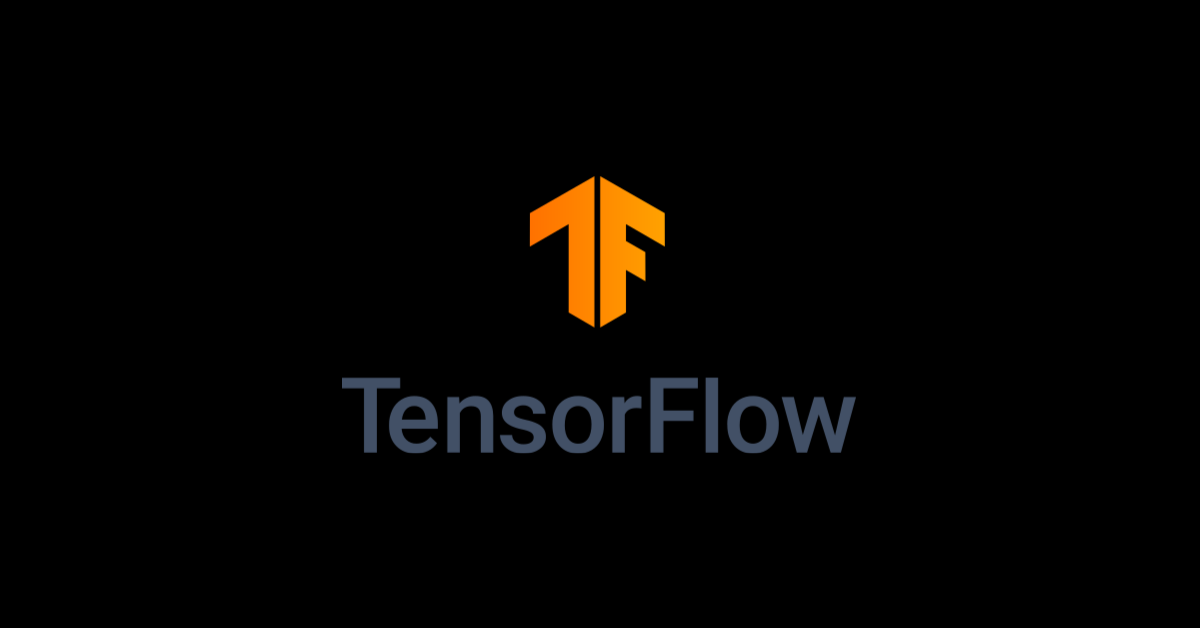Top 10 Facts About TensorFlow: The Powerful Open-Source Library for Machine Learning and AI

TensorFlow is a powerful open-source software library for machine learning and artificial intelligence. Developed by Google, TensorFlow is used by researchers, engineers, and data scientists around the world to build and deploy machine learning models and other AI-powered applications. Here are 10 fascinating facts about TensorFlow that you may not have known:
Fact #1: TensorFlow was developed by Google
TensorFlow was developed by Google and released as an open-source project in 2015. Since then, it has become one of the most widely-used machine learning libraries in the world.
Fact #2: TensorFlow is used for a wide range of machine-learning tasks
TensorFlow can be used to build and train machine learning models for a wide range of tasks, including image classification, natural language processing, and time series forecasting. This versatility makes it a popular choice for researchers and data scientists working in a variety of fields.
Fact #3: TensorFlow can be used with multiple programming languages
In addition to Python, TensorFlow can also be used with programming languages such as C++ and R. This makes it accessible to a wide range of users, regardless of their preferred programming language.
Fact #4: TensorFlow is scalable
TensorFlow is designed to be scalable, making it suitable for use with large datasets and complex machine-learning models. Its distributed training capabilities allow it to take advantage of multiple machines and GPUs, making it easy to train models on large amounts of data.
Fact #5: TensorFlow has a rich ecosystem of tools and libraries
In addition to the core TensorFlow library, there is a wide range of tools and libraries available for use with TensorFlow. These include TensorFlow Lite for mobile and embedded devices, TensorFlow.js for web applications, and TensorFlow Extended for model deployment and serving.
Fact #6: TensorFlow is used in a wide range of industries
TensorFlow is used in a wide range of industries, including healthcare, finance, and e-commerce. Its versatility and scalability make it a useful tool for many different types of machine-learning tasks.
Fact #7: TensorFlow has an active community
TensorFlow has a large and active community of users and developers, making it easy to find help and resources online. The community contributes to the development of the TensorFlow library, as well as creating and sharing tools and resources for using TensorFlow.
Fact #8: TensorFlow is used in research
TensorFlow is widely used in research, particularly in the field of artificial intelligence. Researchers use TensorFlow to build and test machine learning models, and the results of their research are often published in academic papers and conference proceedings.
Fact #9: TensorFlow is used in production
In addition to its use in research, TensorFlow is also used in production environments to build and deploy machine learning models. Companies use TensorFlow to build machine learning systems that are used in real-world applications, such as recommendation engines and fraud detection systems.
Fact #10: TensorFlow has won awards
TensorFlow has won several awards and accolades, including the Best of Open Source Software (BOSS) award in 2016 and the ACM SIGGRAPH Silver Award in 2018. These awards recognize the impact and importance of TensorFlow as a tool for machine learning and artificial intelligence.
And finally!
In summary, TensorFlow is a powerful open-source software library for machine learning and artificial intelligence. Its wide range of features, scalability and rich ecosystem of tools and libraries make it an essential tool for researchers, engineers, and data scientists working in the field of AI. Its versatility and active community make it a popular choice for many different types of machine-learning tasks, from research to production environments.






